Turn 10 Studios and PlayGround Games have just revealed 16 new cars for Forza Horizon 2.
Here are this week’s newly announced cars for Forza Horizon 2:
1965 Alfa Romeo Giulia TZ2
Based on the success of the TZ1 – a lightweight, space-frame race car – the TZ2 was lighter, lower, and more powerful. Both cars were built by the team at Autodelta, made up of owner Carlo Chiti and design engineers Oarzio Satta and Guisseppe Busso. When the design work for the TZ2 took place, Alfa Romeo had purchased Autodelta and given them responsibility for all of Alfa Romeo’s race development and team management. Since the TZ2 was to be a factory racer and would not have to meet homologation requirements, Autodelta was able to focus solely on performance and new concepts. Following Porsche’s lead as used in the 904 Carrera GTS, the body of the TZ2 is made of glass-reinforced plastic. This alone allowed the TZ2 to shed nearly 100 kg and, in addition to the lighter weight, the TZ2 also had an all-new, fully-adjustable suspension. The body, designed by Ercole Spada of Zagato, sat a mere 41 inches high, and many have called the TZ2 a “mini Ferrari GTO.” Under the hood is a delicious 1.6-liter inline four, prepared by Virgilio Conrero’s Autotecnica Conrero shop in Torino. The TZ2 dominated GT-class racing for 18 months; Alfa toyed with the idea of putting one into production but never followed through. This was the last front-engine racing Alfa before the Tipo 33 took over.
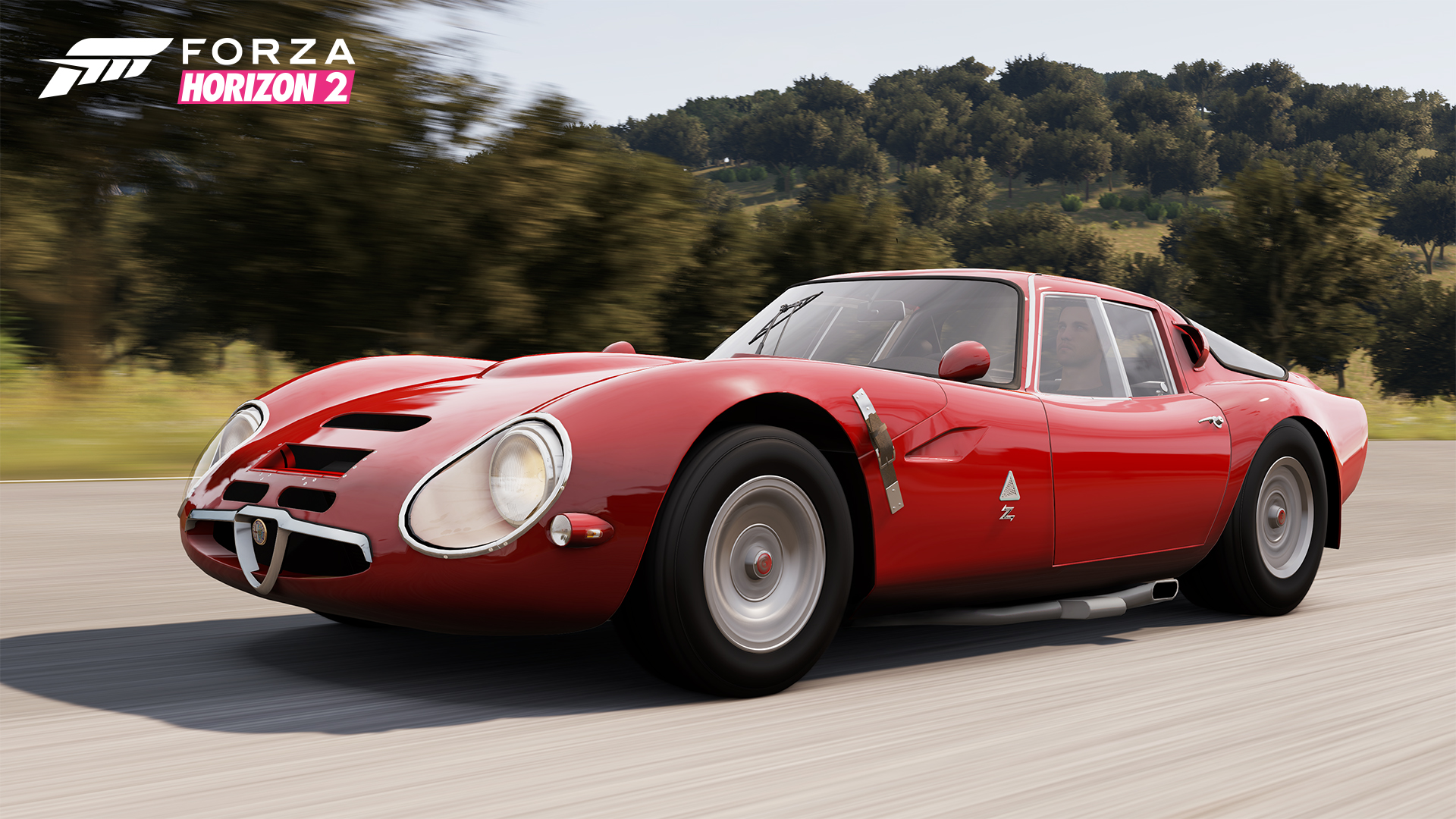
2011 BMW Z4 sDrive35is
Whatever BMW’s new naming nomenclature lacks in elegance, the Z4 makes up for it by providing an engaging and unique driving experience that includes such gee-whiz features as an “overboost” function for the twin-turbocharged 3-liter inline six. While it’s no Z4 M (it doesn’t share that model’s weight-saving features and uses Z4 suspension and braking components), it’s certainly a very quick enhanced version of the base Z4. The “sDrive” part of the name indicates that this Z4 is rear-wheel drive, and the “is” indicates that the suspension is slightly improved, as well as the car being equipped with the “M Sport” appearance package (which is different from the bodykit on the Z4 M). Confused? You shouldn’t be—the bottom line is that with 335 horsepower on tap and adaptive suspension to keep the car planted, this is a fast coupe that also looks great wearing the sleek second generation Z4 lines. It’s a standout, despite the complicated name.

2002 Ferrari Enzo Ferrari
It takes a special Ferrari to be named after the immortal founder of the company, Enzo Ferrari. Successor to the wild F50, the Enzo is infused top to bottom with F1 kit, including shiftlights integrated on the top of the race-style steering wheel, carbon fiber shifter paddles, and the first-ever use of carbon-ceramic brakes on a Ferrari road car. In addition, the Enzo allows for nearly every facet of the performance envelope to be adjusted directly from the steering wheel. Of course, even the driver’s aids and massive brakes haven’t helped the Enzo avoid a number of high-profile crashes involving celebrities, inspiring one website to start a tongue-in-cheek “Save the Enzos” campaign. Thankfully, at least one has survived long enough to allow Jeremy Clarkson, host of Top Gear, to declare that the roar of the 6-liter V12 was like “the delicate sound of thunder.” That thundering new 48-valve motor is good for 650 horsepower and 485 pound-feet of twist, which is more than enough to take the Enzo to super-legal speeds: 60 mph takes just 3.3 seconds. Designed with a single purpose—to be the ultimate road car—the Enzo dispenses with anything that would detract from the driving experience. Power windows don’t help you go faster, so they’re not included. What you do get is a paddle-actuated automated sequential manual transmission, active aerodynamic aids, and of course that massive V12’s 8,000 RPM redline. Enzo would be proud.

1967 Chevrolet Corvette Stingray 427
Arguably the most desirable of any Corvette ever produced, the 1967 Stingray 427 had five years of refinements behind it. Under the hood the L88 (if ordered) was as close to a pure-race engine as Chevy had ever offered. Some would say the 427’s design is as underrated as its horsepower, we say this is an all-time classic.
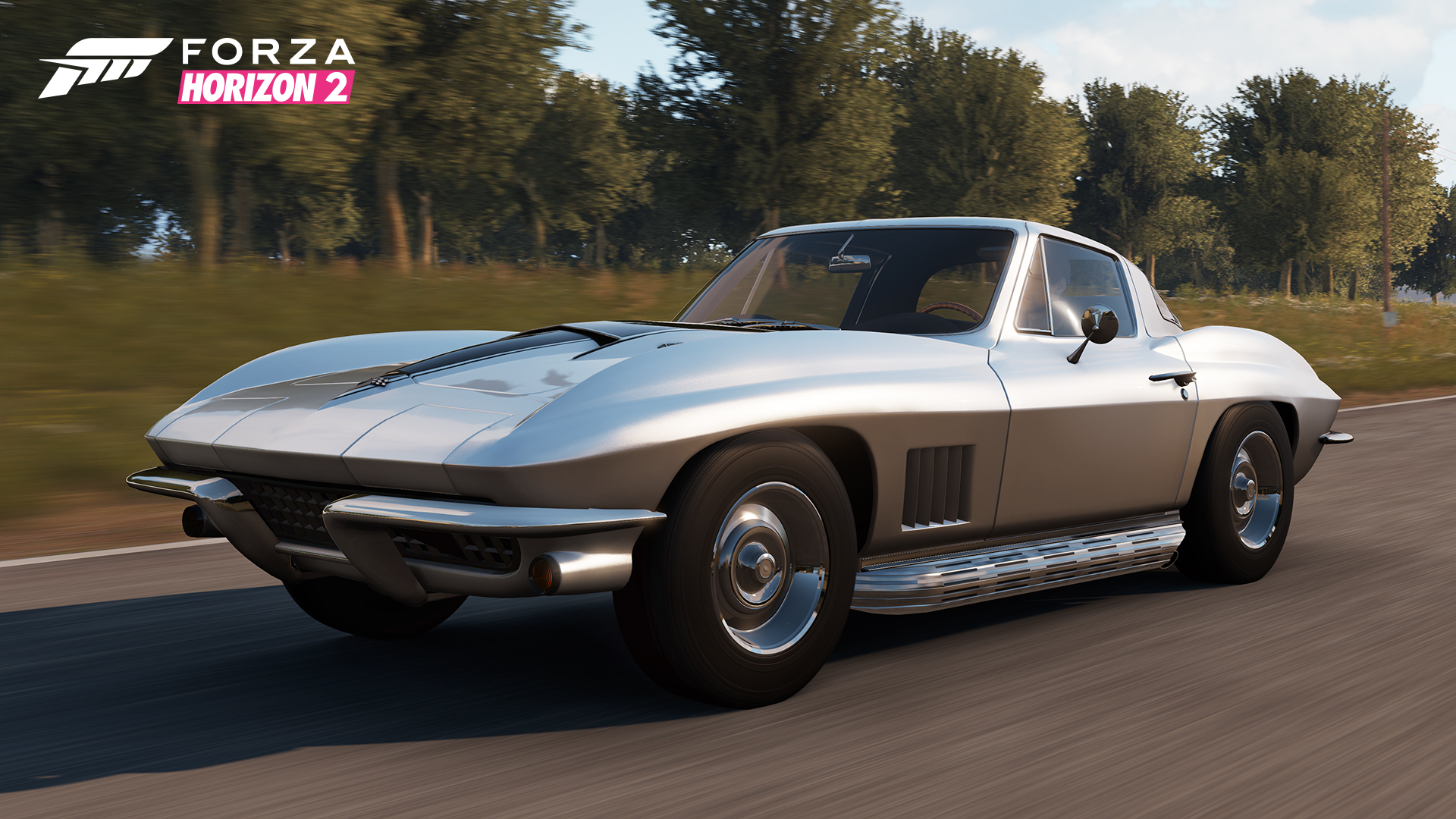
1968 Alfa Romeo 33 Stradale
1971 AMC Javelin AMX
2011 Audi RS 3 Sportback
1999 SRT Viper GTS ACR
2011 Ford F-150 SVT Raptor
1988 Lamborghini Countach LP5000 QV
1986 Lancia Delta S4
1997 Mazda RX-7
2012 MINI John Cooper Works GP
1995 RUF CTR2
2008 Subaru Impreza WRX STi
1995 Volkswagen Corrado VR6
Now, check out the car’s revealed in previous weeks:
WEEK 1
1973 Renault Alpine A110 1600S
Prior to 1973, Alpine was its own make, purveyed by Jean Redele, who had achieved notable success racing Renault 4CVs, including class wins at the Mille Miglia and the Coupe Des Alpes. In 1954, Redele formed the Societe Anonyme des Automobiles Alpine and the Alpine was born. Alpine always worked closely with Renault and always utilized Renault mechanicals, so the assimilation of the two was a natural progression. The Alpine scored international recognition as it took several wins throughout Europe in the first international rally championship and would later win the first World Rally Championship. Set aside the Alpine’s astounding championship winning performance and you still have a sleek, mid-engine Berlinetta with flowing body lines that demand attention.

2009 Vauxhall Corsa VXR
Compact and quick, that’s how best to describe the 2009 Vauxhall Corsa VXR. This is a small car with a big point of view, notably in its compact form and assertive lines. Featuring a 1.6-liter turbocharged engine and more than 180 bhp, the Corsa VXR is no stranger to pint-sized performance, with a respectable 0-60 time of just under 7 seconds and a top speed north of 130 mph. You can control that modest grunt too; with pliable and playful handling, the Corsa guarantees a fun time behind the wheel.
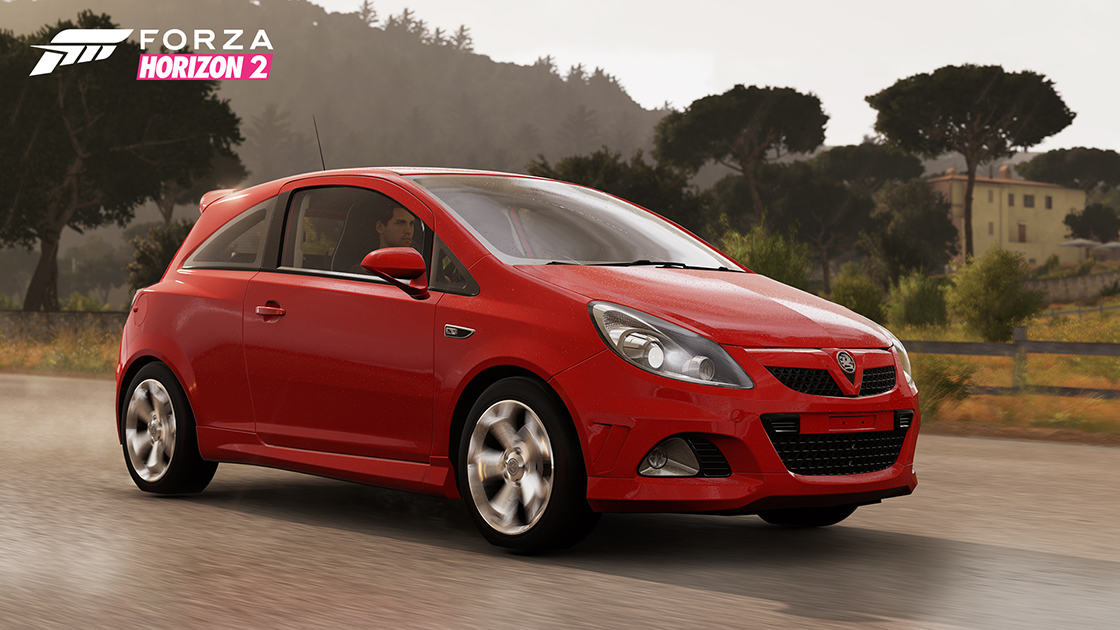
1945 Jeep Willys MB
As tensions heightened during the 1930s, the U.S. Army asked automakers to deliver a replacement for its aging light armor division. At the time, the division was mostly comprised of motorcycles—some with sidecars—and many Model T Fords. By 1940, the division had formalized its vehicle requirements to include the following specs: four-wheel-drive, a wheelbase of no more than 80 inches, a minimum payload of 660 lbs. and minimum torque of 85-ft-lbs. Lastly, the vehicle had to weigh no more than 2,160 pounds empty. The original design was contrived by American Bantam Car Company but, due to a lack of production capacity and fiscal stability, the U.S. government assumed legal rights to the design and contracted with Willys-Overland and later Ford to produce their variations the Willys MA—Military A, and later MB. The origin of the term “Jeep” has more than one influence. One clearly points to the Ford designation Gee- P. The second comes from the popular Popeye cartoons of the era. “Eugene the jeep” was Popeye’s jungle pet who could solve difficult problems with his ability to move between dimensions. Much as the implementation of the Jeep did for the military.
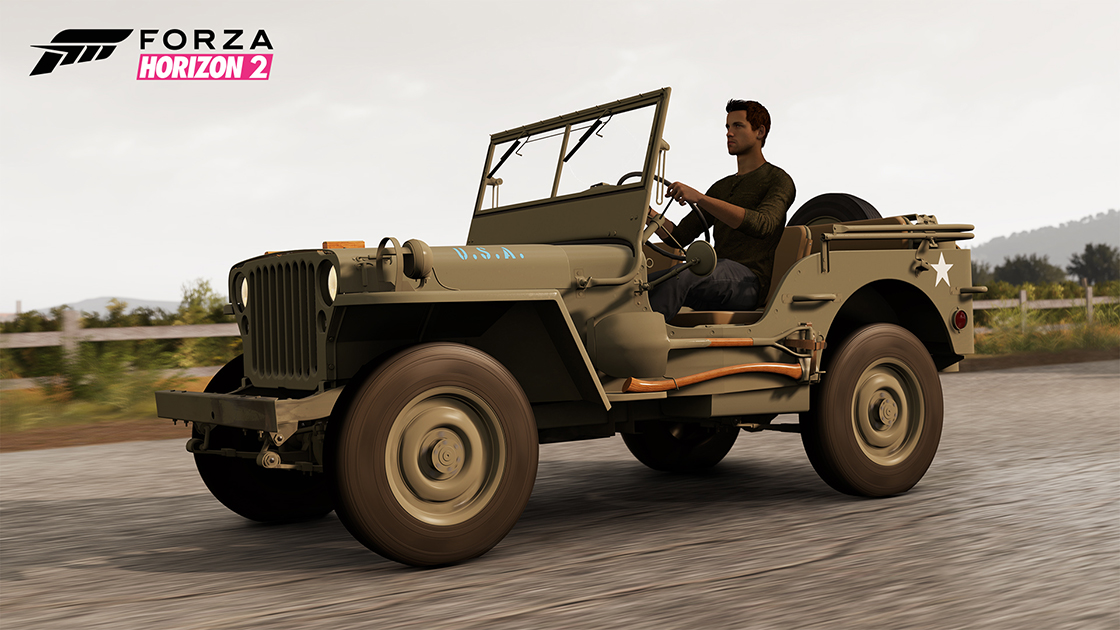
1963 Volkswagen Type 2 De Luxe
Who would have ever thought an old Volkswagen van would be worth upwards of $200,000? Today, these little buses are going for incredible sums at auction and even rusting hulks can garner more than the cost of your favorite sports car. The 23-window De Luxe is the most desirable model of “splitties” – for their split windshield – and will sell for huge sums in nearly any condition. An array of roofside windows lets the sun shine in and offers a beautiful accent to the breadbox form of the classic bus. Pushing the little guy around is a rear-mounted, 1200cc, air-cooled flat-four. The mighty 36 hp motor will deliver highway speeds, even when full of long-haired hippies, except when climbing hills. Many vans of the era had sayings such as “please just pass” painted on the back and inspired bumper stickers like “NEVER get behind a VW” or “0-60 in 15 Minutes.” The truth is, you don’t have to go fast in a VW Bus to be having a good time, riding or road-tripping in one will make memories that last a lifetime.

1954 Jaguar XK120 SE
The Jaguar XK120 SE is an iconic post-World War II auto; one of a group of cars that became synonymous with European sports cars of the time when it was released. Little wonder too – the car’s open top and swooping lines practically scream for a spin along the Cote d’Azur or a brisk ride through wine country in Tuscany. The original XK120 line was launched in 1948 as a test bed for the then-new Jaguar XK engine. Later, Jaguar introduced the optional SE package found here, which increased engine performance to 180 hp, added a dual exhaust, and stiffened the suspension, bringing some added pep to an already classic chassis. Take the SE for a spin in Forza Horizon 2’s southern European setting for a high-speed taste of what the good old days must have felt like.
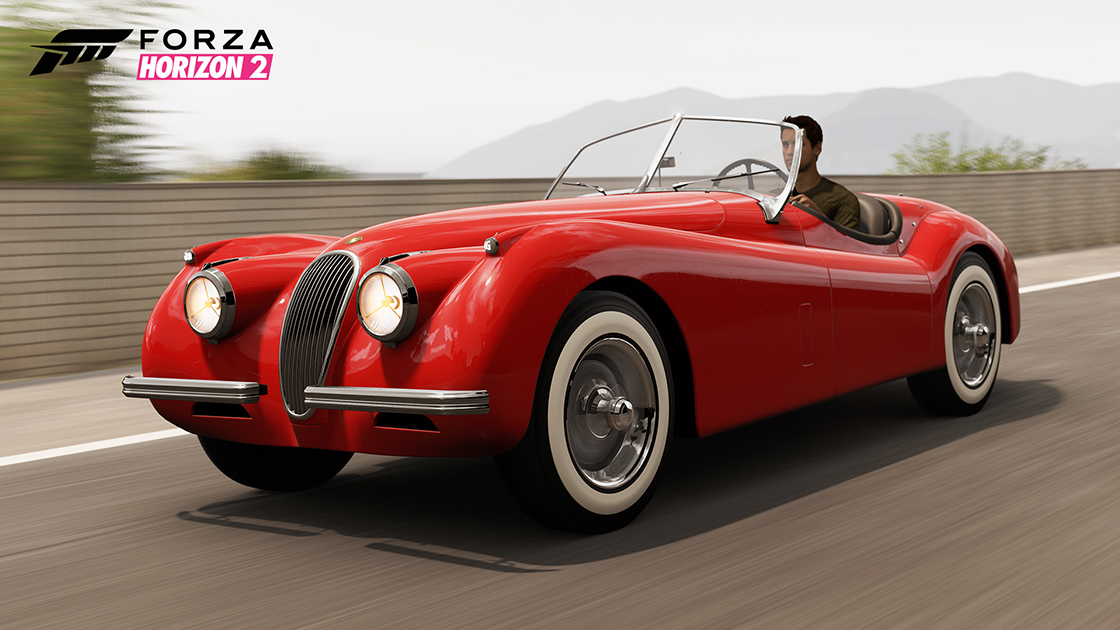
Forza Horizon 2 is scheduled to be released September 30 for Xbox One and Xbox 360.
Related: Forza Horizon 2 First 100 Cars Revealed
Source: Official Website
I'm a published author and proud US Army veteran who happens to be a gamer, so I decided to combine the two and love every minute of it! Feel free to contact me with any questions or comments and I'll be sure to get back to you.



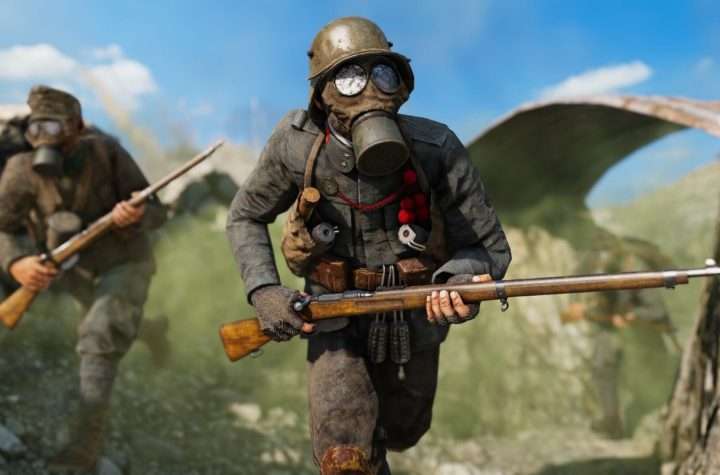

More Stories
Red Dead Online Update Monthly News (Sept. 6, 2022)
Dying Light 2 Stay Human Reveals Release Date, Pre-order and Gameplay Details
Fast & Furious: Spy Racers Rise of SH1FT3R Heading to PC and Consoles Nov. 2021